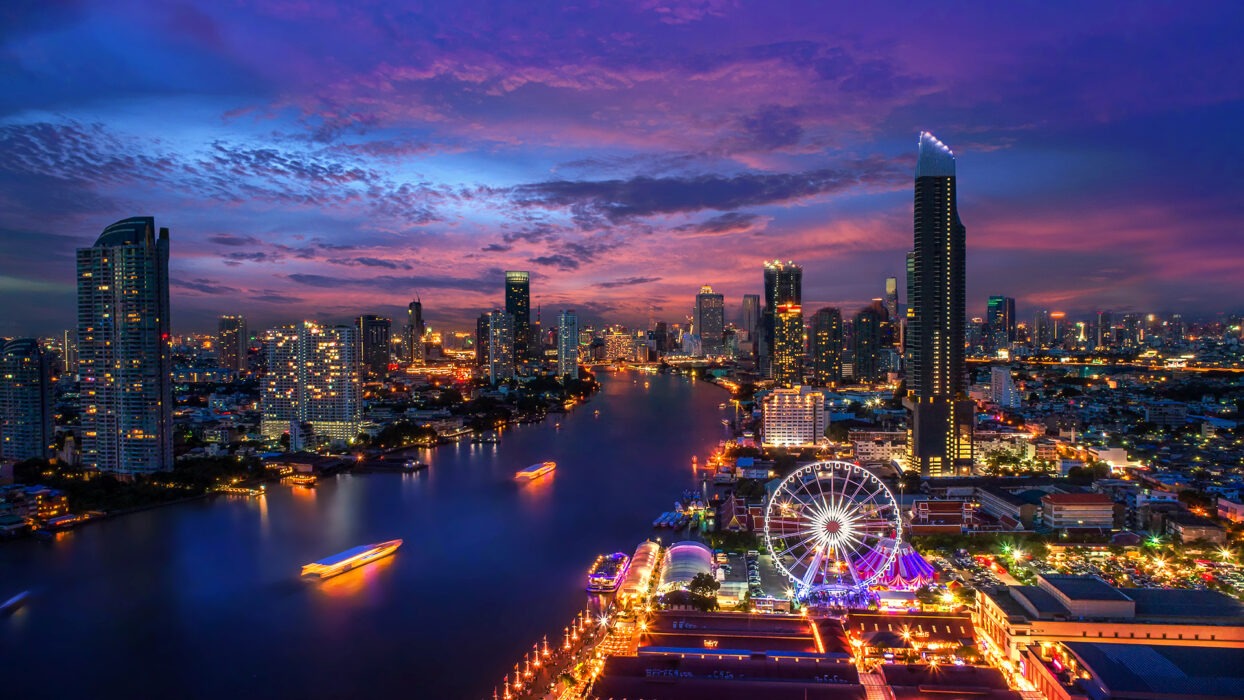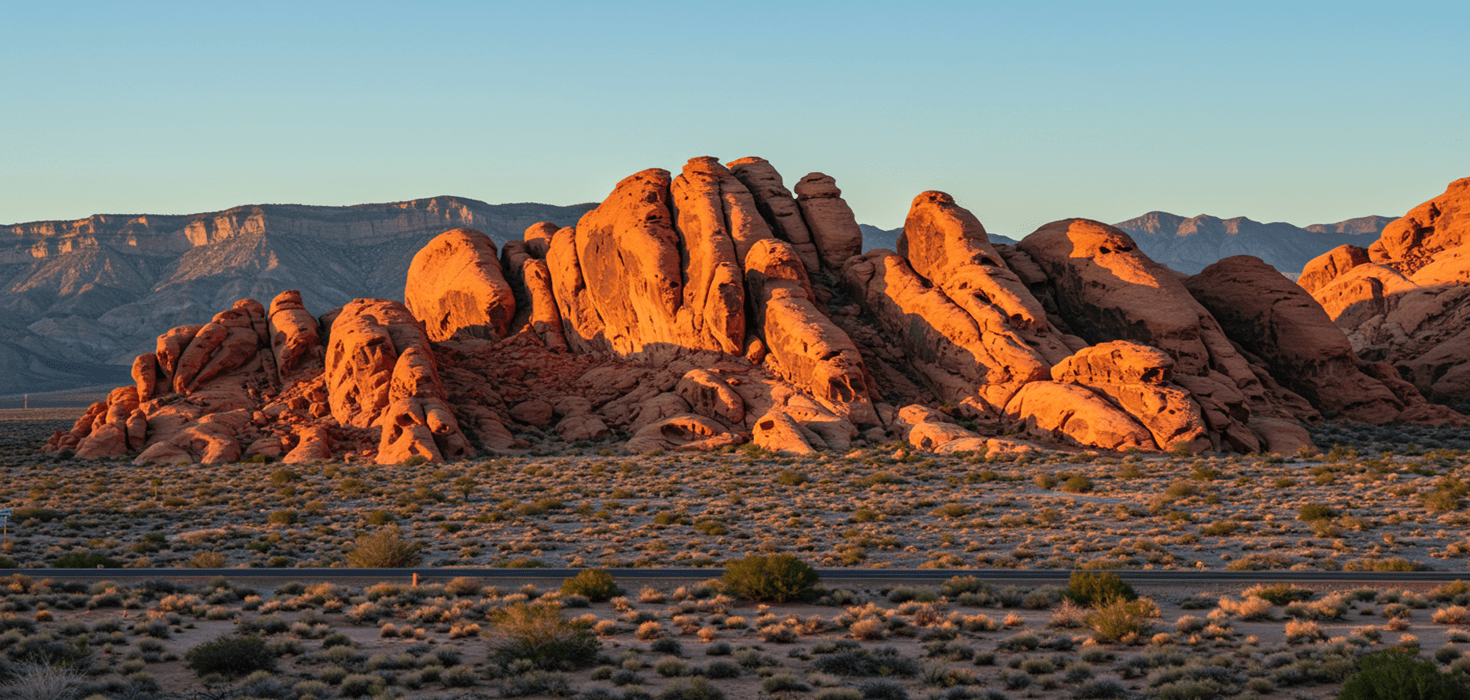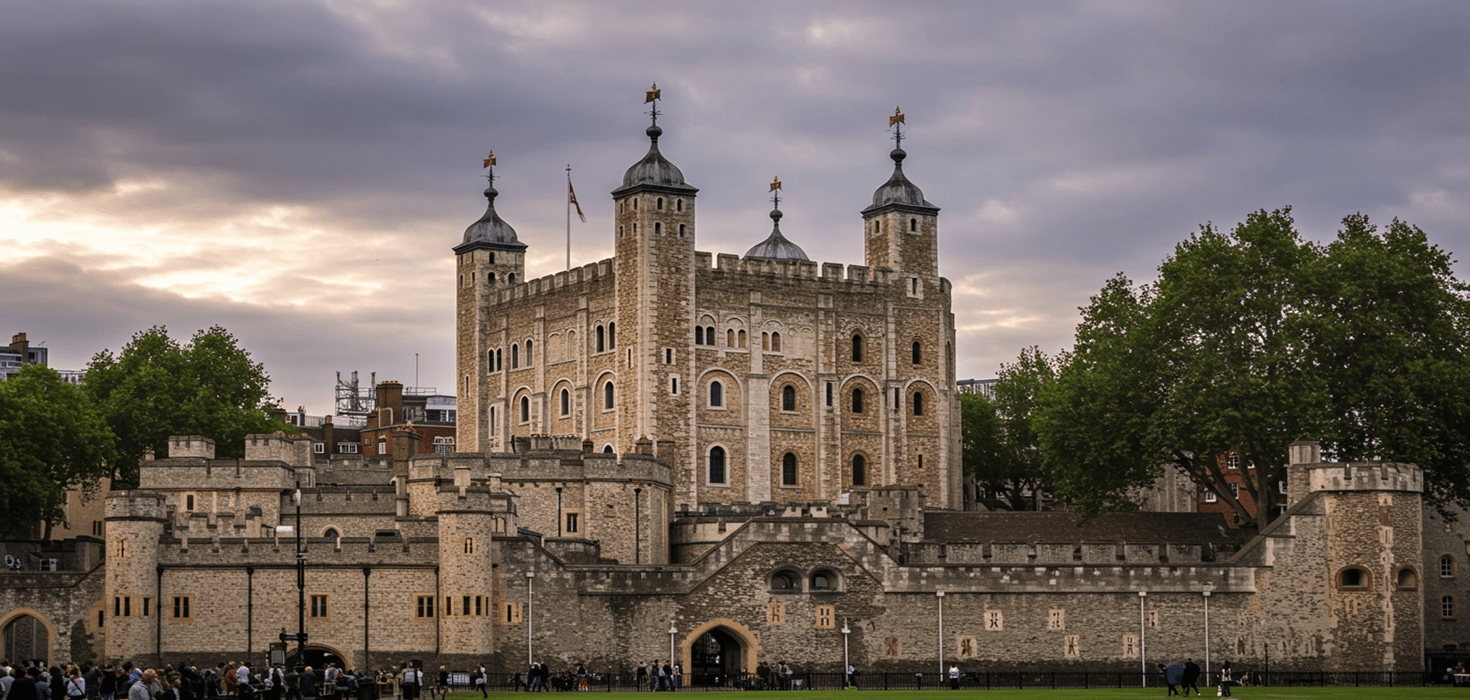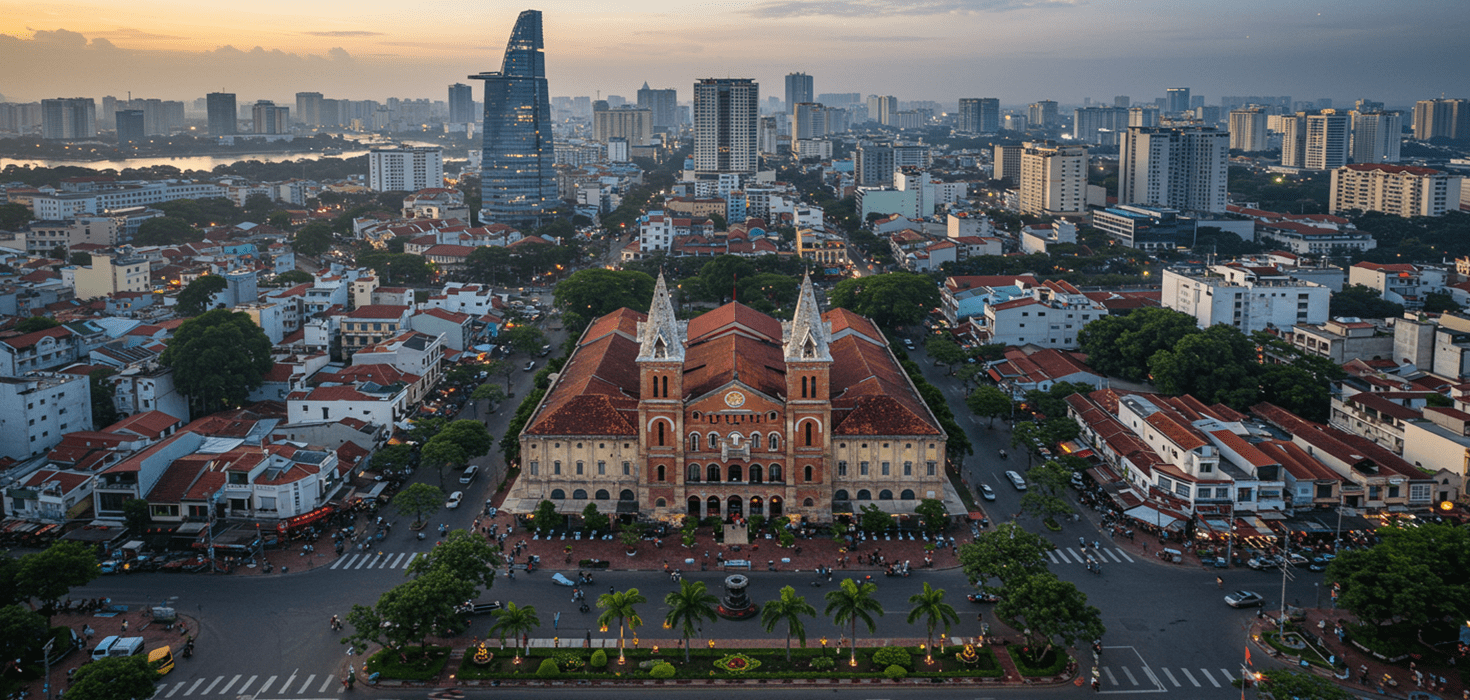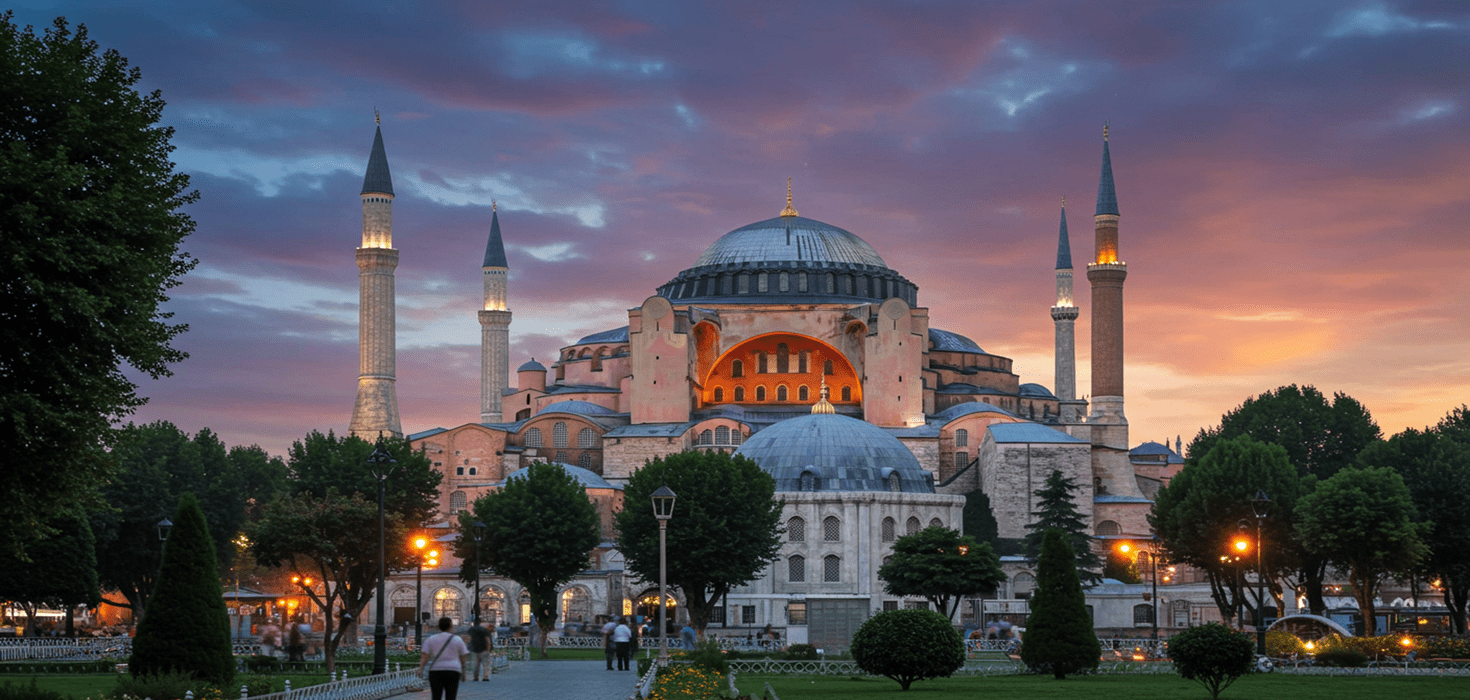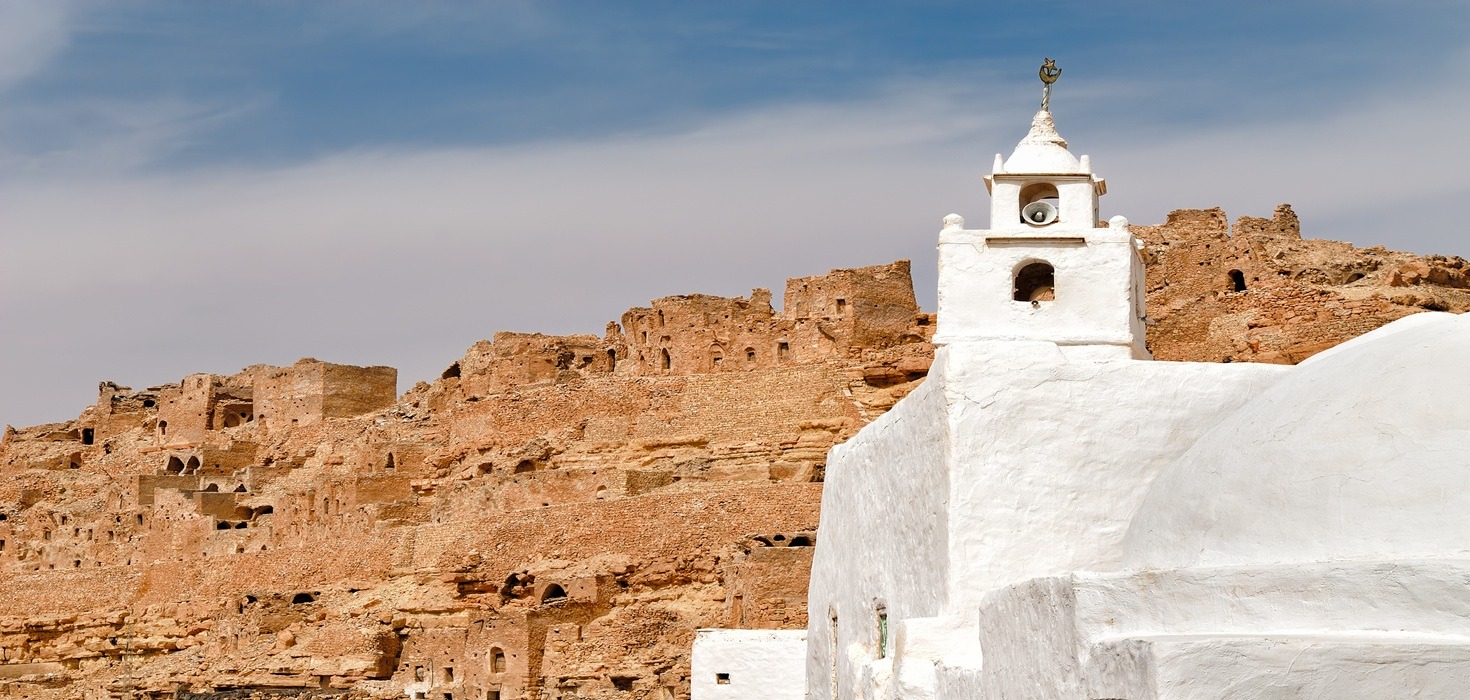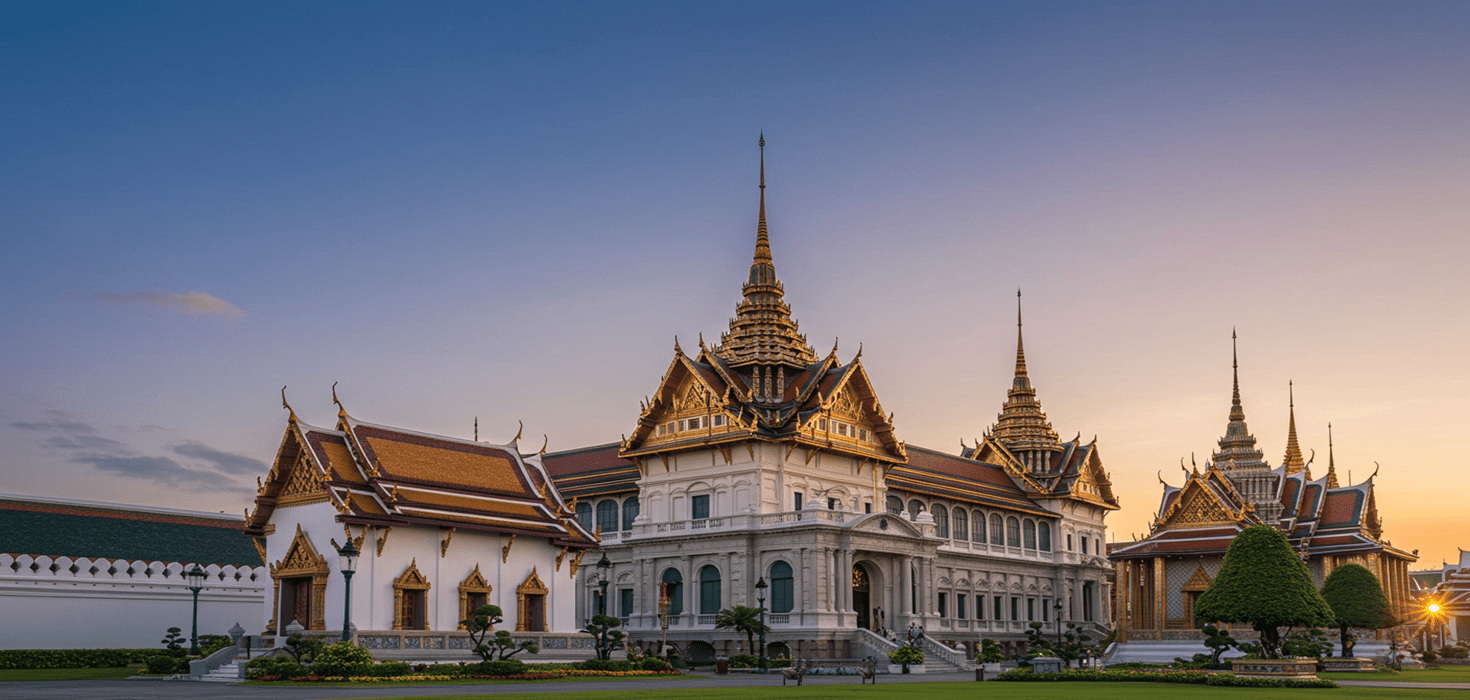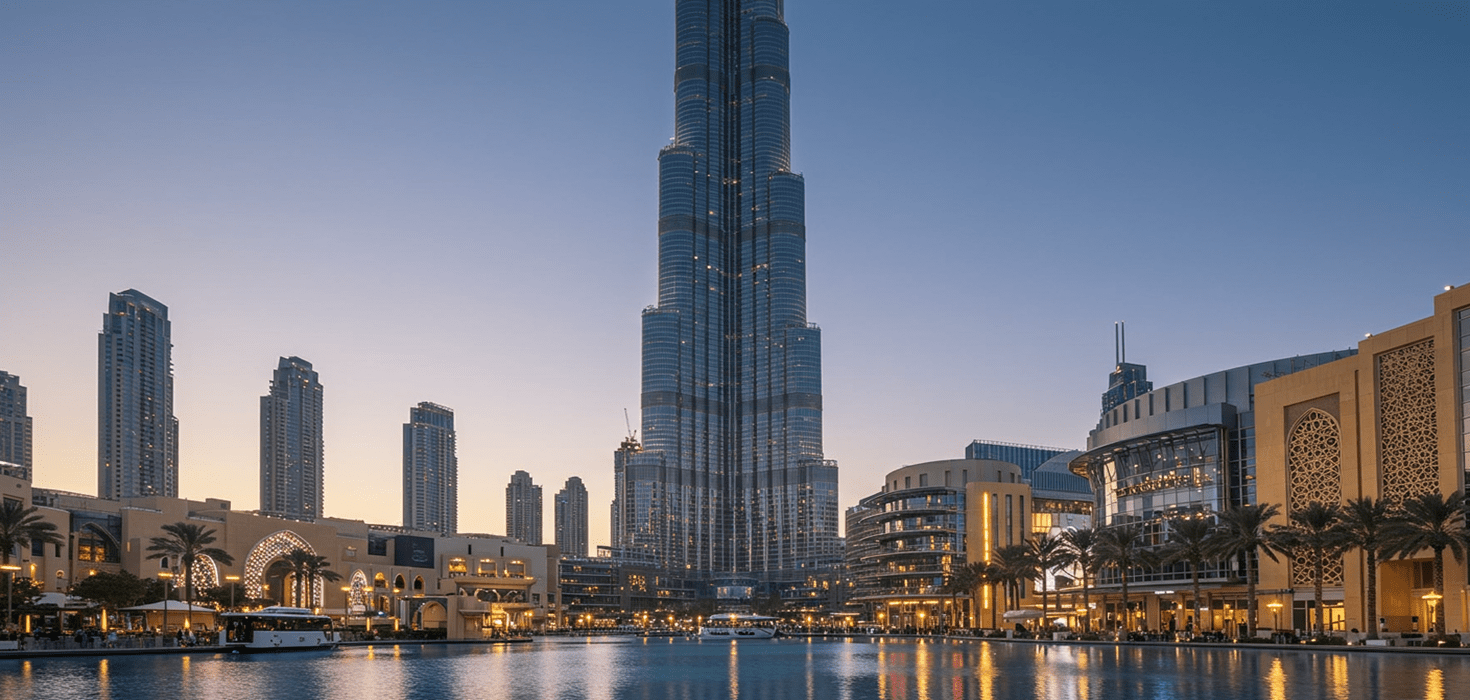Temple Hopping: A Cultural Odyssey in Thailand
Welcome to Thailand, where the air is rich with the scent of incense and the sounds of chanting fill the atmosphere. If you’re looking for an adventure that combines spirituality, history, and stunning architecture, temple hopping in Thailand is an experience you won’t want to miss! With thousands of breathtaking temples scattered across the country, each one tells a unique story and offers a glimpse into the heart of Thai culture and Buddhism.
From the majestic spires of Buddhist temples in Thailand to the vibrant festivals that breathe life into these sacred sites, the diversity is astounding. Whether you’re wandering through the ornate halls of Wat Phra Kaew or enjoying the festive atmosphere of Loy Krathong, every temple visit is an opportunity to connect with the rich tapestry of Thai traditions. So grab your camera and let’s explore the wonders that await you in this enchanting land!
Discovering Thailand’s Most Famous Temples: A Sacred Adventure
Thailand is home to some of the most iconic temples in the world, each a masterpiece of architecture and a beacon of spirituality. Let’s take a closer look at a few of these renowned sites that are sure to leave you in awe.
Wat Phra Kaew: The Temple of the Emerald Buddha
Located within the grounds of the Grand Palace in Bangkok, Wat Phra Kaew is arguably the most revered temple in Thailand. Its stunning architecture features intricate details and vibrant colors that dazzle visitors from around the globe. The highlight? The Emerald Buddha, a small but highly revered statue that symbolizes the spiritual heart of Thailand.
As you wander through the temple grounds, you’ll notice the impressive murals depicting the life of the Buddha, offering a glimpse into Buddhist teachings. Don’t miss the daily rituals performed by monks, which add to the temple’s spiritual ambiance. Visiting Wat Phra Kaew is not just a sightseeing trip; it’s an invitation to witness the living traditions of Thai Buddhism.
Wat Pho: The Temple of the Reclining Buddha
Just a stone’s throw away from Wat Phra Kaew, Wat Pho beckons with its famous Reclining Buddha, a magnificent 46-meter-long statue covered in gold leaf. This temple is a treasure trove of history, known as the birthplace of traditional Thai massage and home to over 1,000 Buddha images.
As you stroll through the temple complex, take a moment to appreciate the intricate details of the temple architecture, including the stunning chedis adorned with colorful tiles. Join the locals in a unique ritual: drop coins into the 108 bronze bowls lining the temple walls, a practice believed to bring good fortune. Wat Pho is not just a visual feast; it’s a place where you can immerse yourself in the therapeutic traditions of Thailand.
Wat Arun: The Temple of Dawn
Rising majestically along the Chao Phraya River, Wat Arun is an iconic symbol of Bangkok. Its stunning central spire, or prang, is decorated with colorful porcelain and seashells, glistening in the sunlight. The best time to visit? Just before sunset, when the temple is bathed in golden hues, creating a magical atmosphere.
Climb the steep stairs for a breathtaking view of the river and the city skyline. The temple’s serene environment makes it a perfect spot for reflection and meditation. Be sure to capture the stunning architecture and the vibrant surroundings, as this temple is a photographer’s paradise!
As you explore these famous temples in Thailand, each visit deepens your understanding of the spiritual significance and the rituals that take place within these sacred spaces. For a more comprehensive guide to the best temples and festivals in Bangkok, check out Discover the Best Temples and Festivals in Bangkok.
Hidden Gems: Lesser-Known Temples Worth Visiting
While the famous temples are a must-see, Thailand is also home to lesser-known gems that offer a unique glimpse into local culture and spirituality. These hidden treasures are perfect for those looking to escape the crowds and discover the authentic side of Thai temple life.
Wat Plai Laem: A Colorful Coastal Sanctuary
Located on the island of Koh Samui, Wat Plai Laem is a vibrant temple that features a striking 18-arm statue of Guanyin, the Goddess of Mercy. This temple is a feast for the eyes, with its colorful statues and serene lakeside setting providing a tranquil atmosphere. Visitors can stroll around the grounds, admire the artistic sculptures, and even feed the fish in the ponds.
The temple is less frequented by tourists, allowing for a peaceful experience where you can soak in the local spirituality. Don’t forget to bring your camera to capture the stunning views and vibrant colors!
Wat Khunaram: The Temple of the Mummified Monk
Another hidden gem is Wat Khunaram, also on Koh Samui, famous for housing the mummified body of a revered monk, Luang Phor Daeng. The monk’s body remains on display in a glass case, dressed in traditional monk robes, serving as a reminder of his teachings and the impermanence of life.
Visitors come here to pay their respects and gain insight into the Buddhist belief in reincarnation. The temple grounds are peaceful, offering a reflective space where you can contemplate the deeper aspects of life. To reach these hidden treasures, consider renting a scooter or joining a local tour for an unforgettable experience.
Exploring these best temples in Thailand allows you to connect with the local culture in a way that larger tourist spots often miss. If you’re keen to discover captivating temples in Southern Thailand, check out Captivating Temples in Southern Thailand.
Festivals and Events: Celebrating Thai Temple Traditions
When it comes to experiencing the heart and soul of Thailand, few things rival the vibrant temple festivals that light up the country’s spiritual landscape. These celebrations are not just about the temples but are a lively fusion of culture, tradition, and community spirit. From the enchanting lanterns of Loy Krathong to the colorful parades of Songkran, each festival offers a unique opportunity to witness the rich tapestry of Thai life.
Loy Krathong: The Festival of Lights
One of the most beloved festivals in Thailand is Loy Krathong, celebrated on the full moon of the 12th month in the Thai lunar calendar. During this enchanting night, locals release beautifully decorated floating baskets, known as krathongs, onto rivers and lakes, symbolizing the letting go of misfortune and the welcoming of good luck. The sight of thousands of glowing krathongs drifting on the water is nothing short of magical!
Many temples, such as Wat Phra Kaew, host special ceremonies, and you can join in the festivities by making your own krathong from banana leaves, flowers, and candles. Don’t forget to take a moment to make a wish as you release your krathong into the water. It’s a beautiful way to connect with local traditions and enjoy the serene atmosphere.
Visakha Bucha: Honoring the Buddha
Another significant event is Visakha Bucha, which commemorates the birth, enlightenment, and death of the Buddha. This sacred day, observed on the full moon in May, sees thousands of devotees flocking to temples to participate in various rituals, including candlelit processions and meditation sessions. Wat Pho and Wat Arun are particularly popular spots for this celebration.
Join the locals as they walk around the temple three times while holding candles and incense, paying homage to the Buddha. The atmosphere is filled with a sense of peace and reverence, making it an unforgettable experience for anyone interested in Thai spirituality.
Songkran: The Thai New Year
Perhaps the most famous of all Thai festivals is Songkran, the traditional Thai New Year celebrated from April 13 to 15. This festival is known for its epic water fights, where locals and tourists alike splash water on each other as a way to cleanse sins and welcome the new year. However, the spiritual significance of Songkran is equally important, with many people visiting temples to pay respect to their ancestors and the Buddha.
During Songkran, temples like Wat Saket and Wat Phra Kaew become bustling hubs of activity. You can participate in rituals such as pouring water over Buddha statues for blessings and offering food to monks. Afterward, join the fun in the streets for an exhilarating water battle!
Experiencing these festivals not only enhances your temple visits but also allows you to connect with the local community and their traditions. For more insights on these celebrations, check out Temple Hopping: Festivals and Hidden Gems in Thailand.
A Day-by-Day Itinerary for Temple Hopping
Ready to roll up your sleeves and dive into the adventure of temple hopping? Here’s a suggested itinerary to make the most of your time exploring Thailand’s incredible temples. This plan covers Bangkok, Chiang Rai, and Chiang Mai, ensuring you experience the best of each region!
Day 1: Bangkok – The City of Angels
Start your journey in Bangkok, where the iconic temples await. Begin at Wat Phra Kaew and the Grand Palace early in the morning to avoid the crowds. Spend a few hours soaking in the intricate architecture and the spiritual ambiance.
Next, stroll over to Wat Pho to admire the Reclining Buddha and perhaps indulge in a traditional Thai massage. After lunch at a nearby eatery, hop on a boat to Wat Arun, where you can climb the central spire for stunning views of the Chao Phraya River. Wrap up your day by exploring the vibrant streets of Bangkok and sampling some delicious street food!
Day 2: Chiang Rai – A Journey to the White Temple
Catch a flight or take a bus to Chiang Rai, where the surreal Wat Rong Khun, also known as the White Temple, awaits. This modern masterpiece is a fusion of traditional Buddhist motifs and contemporary art. Spend your morning exploring its dazzling white architecture and intricate details.
In the afternoon, visit Wat Phra Kaew, the temple that once housed the Emerald Buddha. Don’t forget to check out the Black House Museum, a collection of traditional and modern art that reflects Thailand’s history and culture. Enjoy a quiet evening by the Mekong River, soaking in the local vibe.
Day 3: Chiang Mai – The Rose of the North
Travel to Chiang Mai and kick off your day at Wat Phra That Doi Suthep, perched atop a mountain. The panoramic views of the city are breathtaking! Afterward, head back down to explore the Old City, where you’ll find several beautiful temples, including Wat Chedi Luang and Wat Phra Singh.
In the evening, immerse yourself in the local culture by visiting a night market. Sample local delicacies and shop for handmade crafts. If you’re lucky, you might even catch a traditional dance performance!
This itinerary offers a balanced mix of spirituality, culture, and culinary delights. For more detailed day-by-day suggestions, check out Temple Tours Thailand.
Culinary Delights Near the Temples: A Taste of Thai Culture
No trip to Thailand is complete without indulging in the mouthwatering local cuisine! Each temple area has its own culinary gems waiting to be discovered. Whether you’re craving street food or a sit-down meal, there’s something for everyone.
Street Food Heaven
As you explore the temples of Bangkok, don’t miss the street food stalls lining the streets. Try the iconic Pad Thai, a stir-fried noodle dish that’s a staple in Thai cuisine. For a refreshing treat, grab some Som Tum, a spicy green papaya salad that packs a punch!
In Chiang Mai, be sure to sample Khao Soi, a flavorful coconut curry noodle soup that’s a local favorite. Pair it with a refreshing Thai iced tea, and you’re in for a treat!
Local Markets and Dining Experiences
Many temples are located near bustling markets where you can find a variety of local dishes. After visiting Wat Phra Kaew, head to the nearby Tha Maharaj market for a delightful array of food stalls. Sample grilled seafood, mango sticky rice, and fresh fruit juices while enjoying the riverside view.
For a unique dining experience, consider booking a cooking class at a local restaurant. Learn how to whip up traditional Thai dishes and enjoy your creations afterward. It’s a fun way to delve into Thai culture and bring a piece of it back home with you!
For more culinary adventures, check out Journey Through Timeless Temples of Thailand.
Practical Information for Temple Visits: Tips and Guidelines
Before setting off on your temple hopping adventure, here are some essential tips to ensure a smooth and respectful experience at Thailand’s sacred sites.
Dress Code and Etiquette
When visiting temples, it’s important to dress appropriately. Both men and women should wear clothing that covers the shoulders and knees. Avoid tight-fitting clothes and opt for loose, breathable fabrics to stay comfortable in the tropical heat. Many temples provide sarongs for rent or purchase if you need to cover up.
Always remove your shoes before entering temple buildings, and be mindful of your behavior. Speak softly, and avoid taking photos in restricted areas. Respect the local customs, and if you’re unsure, just follow the lead of the locals!
Opening Hours and Entry Fees
Most temples are open from early morning until late afternoon, but hours may vary. It’s a good idea to check in advance. While many temples are free to enter, some may charge a small fee for maintenance. Keep some cash handy for donations or purchases.
Accessibility Considerations
Many temples are accessible to travelers with mobility issues, but some may have steep stairs or uneven paths. If you have specific needs, it’s best to research the temples you plan to visit or ask local guides for assistance.
With these tips in mind, you’re all set to explore the spiritual wonders of Thailand! For more detailed advice, check out Majestic Temples of Bangkok: A Cultural Journey.
The Spiritual Significance of Temples: Understanding Thai Buddhism
Thai temples are not just architectural marvels; they are the heart of Thai spirituality and community life. Each temple serves as a gathering place for locals, where they come together to practice their faith, celebrate festivals, and participate in community events.
Buddhist Rituals and Practices
At the core of Thai Buddhism are rituals that reflect the teachings of the Buddha. Visitors can witness daily ceremonies, such as chanting and meditation, which are integral to the spiritual life of the community. Monks play a vital role, offering blessings, guidance, and teachings to the faithful.
Participating in these rituals can deepen your appreciation of Thai culture and provide insight into the beliefs that shape the lives of the people. Whether it’s lighting incense, offering food to monks, or simply sitting in quiet reflection, the experience is both humbling and enlightening.
The Art and Architecture of Thai Temples: A Visual Feast
As you wander through Thailand’s temples, prepare to be captivated by their stunning art and architecture. Each temple tells a story through its intricate designs, vibrant colors, and symbolic decorations.
Unique Architectural Styles
Thai temples, or wats, showcase a variety of architectural styles that reflect the history and culture of the region. From the ornate details of the Rattanakosin style seen in Bangkok’s temples to the more minimalist approach in northern Thailand, each style is a testament to the creativity of Thai artisans.
Don’t miss the chance to admire the golden stupas, elaborate murals, and intricate sculptures that adorn these sacred spaces. Bring your camera along, as the visual beauty of these temples is truly a feast for the eyes!
Significance of Temple Decorations
Many temples feature elaborate decorations that carry deep spiritual meanings. The colorful mosaics and murals often depict stories from the life of the Buddha and Buddhist teachings. Take your time to explore these artistic elements, as they provide insight into the beliefs and values of Thai culture.
For those interested in photography, the unique blend of art and architecture makes for stunning shots. Capture the beauty of the temples at different times of the day to see how the light changes the atmosphere.
Transportation Tips for Temple Hopping: Getting Around Thailand
Getting around Thailand’s cities to visit temples is easier than you might think! Here are some transportation options to help you navigate your temple hopping adventure.
Public Transport
In Bangkok, the BTS Skytrain and MRT subway are convenient ways to reach many major temples. They’re affordable, efficient, and a great way to avoid traffic. Once you arrive at a station, you can easily walk to nearby temples.
In Chiang Mai and Chiang Rai, local songthaews (red trucks) are a popular way to get around. Just hop in and let the driver know your destination. You can share the ride with other passengers, making it a fun and social experience!
Private Tours and Scooter Rentals
If you prefer a more personalized experience, consider booking a private tour. Many local guides offer temple hopping tours that include transportation and insights into the history and significance of each site.
For the more adventurous, renting a scooter is a fantastic way to explore. Just be sure to wear a helmet and drive safely, as traffic can be hectic in some areas. With a scooter, you can easily visit lesser-known temples at your own pace!
Seasonal Insights: Best Times to Experience Thailand’s Temples and Festivals
The best time to visit Thailand for temple hopping depends on what you want to experience. The cool season from November to February is ideal for exploring, with pleasant temperatures and less humidity. This is also when many festivals take place, adding to the vibrant atmosphere.
Festival Seasons
If you’re keen to experience the cultural richness of Thailand, plan your visit around major festivals like Loy Krathong in November or Songkran in April. These events not only offer a glimpse into Thai traditions but also create a lively and festive spirit throughout the country.
Keep in mind that during the rainy season (May to October), some areas may experience heavy downpours. However, visiting during this time can mean fewer crowds and lush green landscapes, making it a unique experience.
Safety and Health Guidelines for Travelers
Your safety and health should always be a priority while traveling. Here are some practical tips to keep in mind during your temple hopping journey.
Food Safety
When indulging in local cuisine, opt for freshly prepared street food from busy stalls, as high turnover typically means better food safety. Always wash your hands before eating and drink bottled water to stay hydrated.
Personal Belongings
Keep your belongings secure, especially in crowded areas. Use a money belt or a crossbody bag to deter pickpockets. If you’re carrying a camera, be mindful of your surroundings and avoid flaunting valuables.
Cultural Sensitivity
Respect local customs and traditions, especially in sacred spaces. Always ask for permission before taking photographs of people, and be aware of your behavior in temples. A little respect goes a long way in ensuring a positive experience!
Commonly Asked Questions (FAQs) About Temple Hopping in Thailand
Here are some frequently asked questions to help you plan your temple hopping adventure:
What should I wear when visiting temples in Thailand?
Dress modestly, covering your shoulders and knees. Loose-fitting clothing is preferred, and you may need to remove your shoes before entering temple buildings.
Are there any entry fees for temples?
While many temples are free to enter, some may charge a small fee for maintenance. It’s a good idea to have some cash on hand.
Can I take photos inside the temples?
Photography rules vary by temple. Always check for signs indicating whether photography is allowed, and be respectful of any restrictions.
Fun Facts About Thailand’s Temples and Festivals
Here are some fun tidbits to enhance your temple hopping experience:
- Did you know that Wat Phra Kaew houses the Emerald Buddha, which is considered the most important Buddha image in Thailand?
- The intricate murals found in many temples often tell stories from the life of the Buddha and depict scenes from Thai folklore.
- During Loy Krathong, it’s believed that the act of releasing a krathong will wash away misfortune and bring good luck for the coming year!
Sustainability and Conservation Focus: Protecting Thailand’s Sacred Sites
As you explore Thailand’s temples, consider the importance of sustainability and conservation. These sacred sites are not just tourist attractions; they hold immense cultural and spiritual value for the local community.
Supporting Local Initiatives
Many temples engage in conservation efforts to preserve their heritage and environment. Consider supporting local initiatives by donating to temple restoration projects or participating in community clean-up events. Your contribution can help protect these sacred sites for future generations.
By being mindful of your impact and respecting local customs, you can enjoy an enriching temple hopping experience while contributing to the preservation of Thailand’s cultural treasures.

